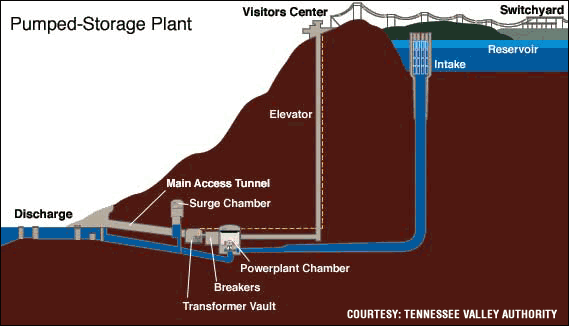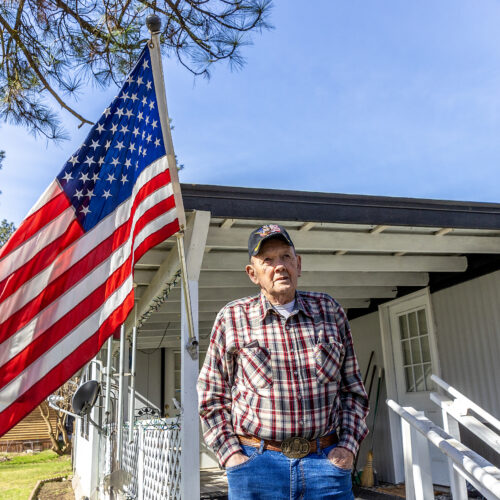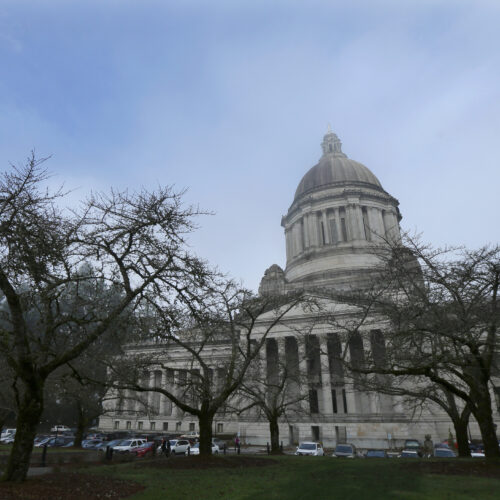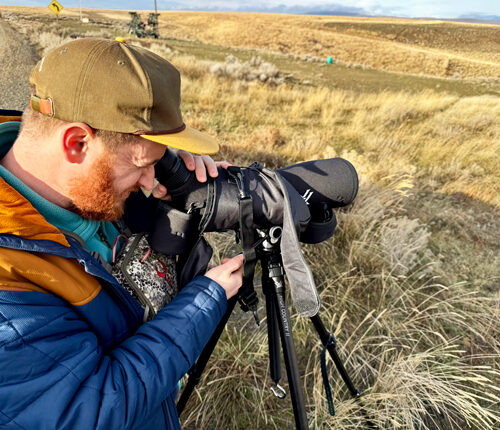
Washington to study pumped storage benefits, concerns
Listen
(Runtime 1:00)
Read
Washington state wants to learn more about an old type of battery called pumped storage hydropower. Leaders are conducting a yearlong study about where to build pumped storage.
With more carbon-free energy coming online in the next few decades, more batteries will be built to store power from renewable technologies. Across the U.S., 90% of battery storage comes from pumped storage hydropower, enough to conservatively power 15 million homes, said Karen Janowitz, with the Washington State University Energy Program.
“Pumped storage is an efficient technology, and that means less energy is lost in its operations compared to some other battery storage technologies,” she said.
Pumped storage acts as a battery, using water. When there is too much energy on the grid, water is pumped to a high reservoir. When energy is needed, it’s released through turbines into a lower reservoir, quickly generating energy.
Pumped storage infrastructure can last around 100 years, Janowitz said.
In 2023, Washington lawmakers passed a bill, House Bill 1216, that funds the Energy Program to conduct this study.
“The goal of this study is to identify and understand issues and interests of tribes and various stakeholders related to areas where pump storage might be cited,” Janowitz said.
Washington law also requires the state to get its electricity completely from greenhouse gas-free resources by 2045.
“To make this happen, batteries are needed to bridge the gap during those times when the renewables are being intermittent and not meeting the energy demand,” she said.
The Energy Program is conducting the study, but it’s not advocating for any particular projects, Janowitz added.
Now, Washington energy leaders will hold webinars this fall to hear from people who are interested in the technology.
“Pumped storage is a well established and proven technology that’s been around for many decades,” Janowitz said.
However, there are drawbacks, such as high construction costs and the loss of natural and cultural resources.
Jeff Boyce, from Meridian Environmental, presented a study by the National Renewable Energy Laboratory, based in Colorado. After narrowing down requirements, the study found 391 potential pumped storage sites in Washington.
Many sites, marked by red dots, were on the east slope of the Cascade Range or in the Kettle and Selkirk mountain ranges.
During a Q&A at the first meeting on June 13, Anthony Aronica, an attorney with the Yakama Nation, said many development possibilities end up being on historical homelands.
“If the tribal resource is getting lost because the developer can save money by building right next to a transmission line, the tribal resource within the current siting structure doesn’t get considered,” he said.
These types of studies often expedite permitting, he said. Other tribal advocates with the Confederated Tribes of the Colville Reservation said they supported carbon-free energy. However, they said it has to be built responsibly.
“It’s something that brings a lot of concern and anxiety to the people in the areas that have been targeted here,” Aronica said.
Eventually the state study will redo the mapping from the NREL study, Boyce said.
“One of the things that we will do when we redo the mapping is take those dots off (reservations),” Boyce said. “(We’ll talk with tribes, but) assuming that that’s what you would want.”
Study leaders will conduct more webinars this fall. The next one is scheduled for Sept. 11. The final report is due June 30, 2025.















